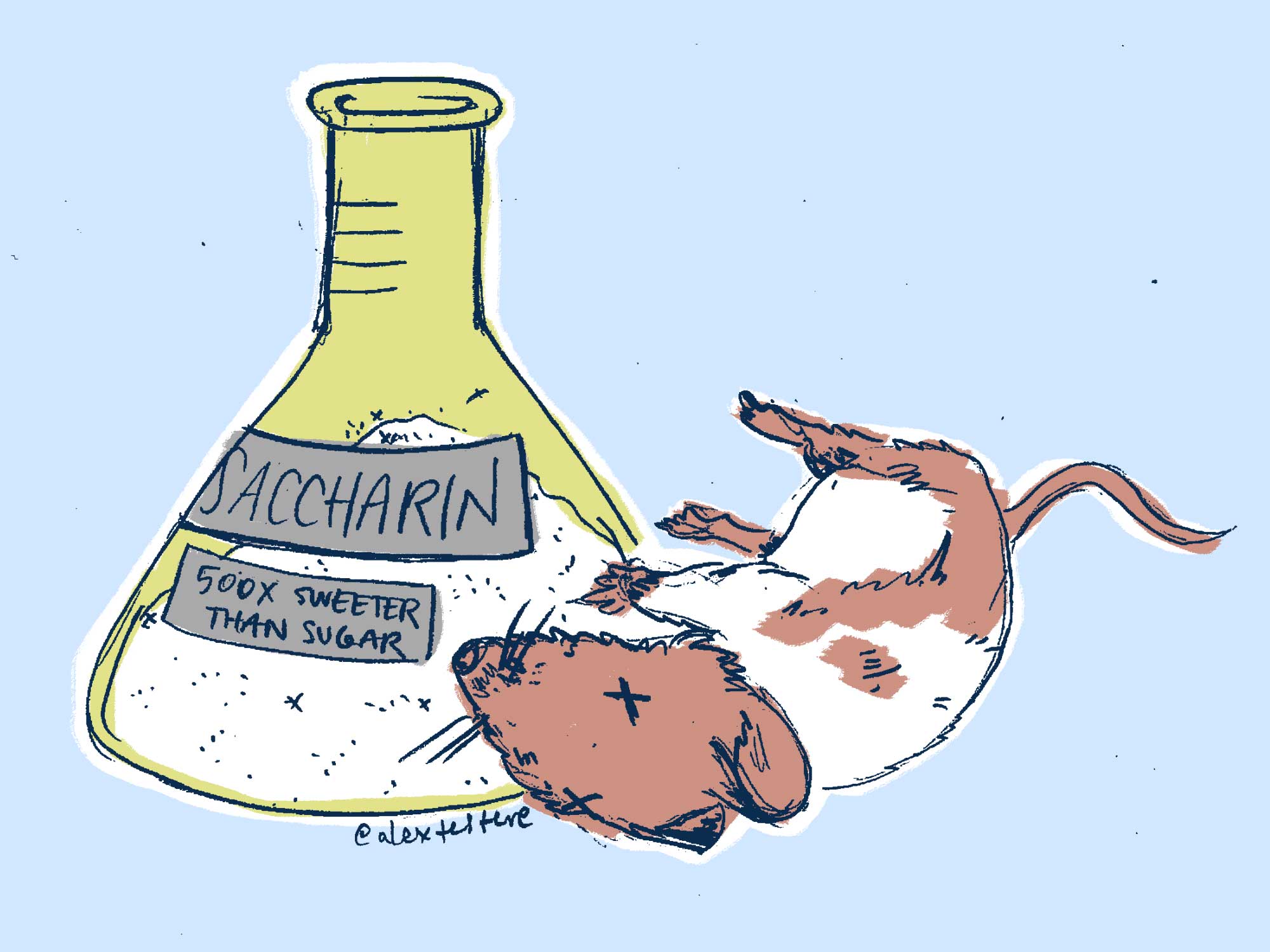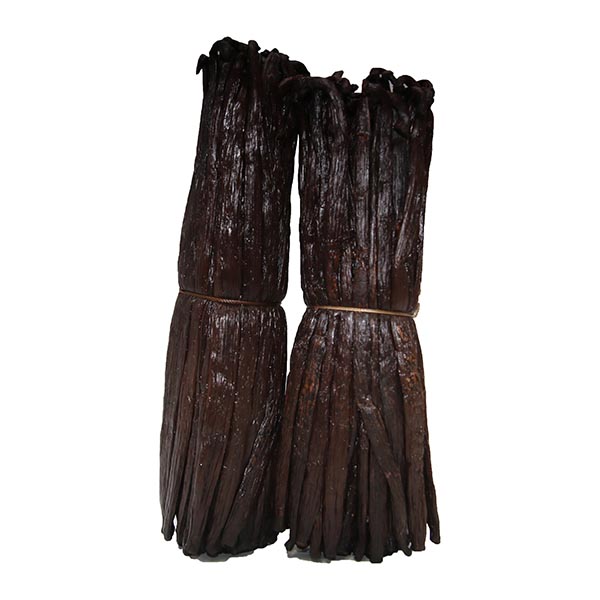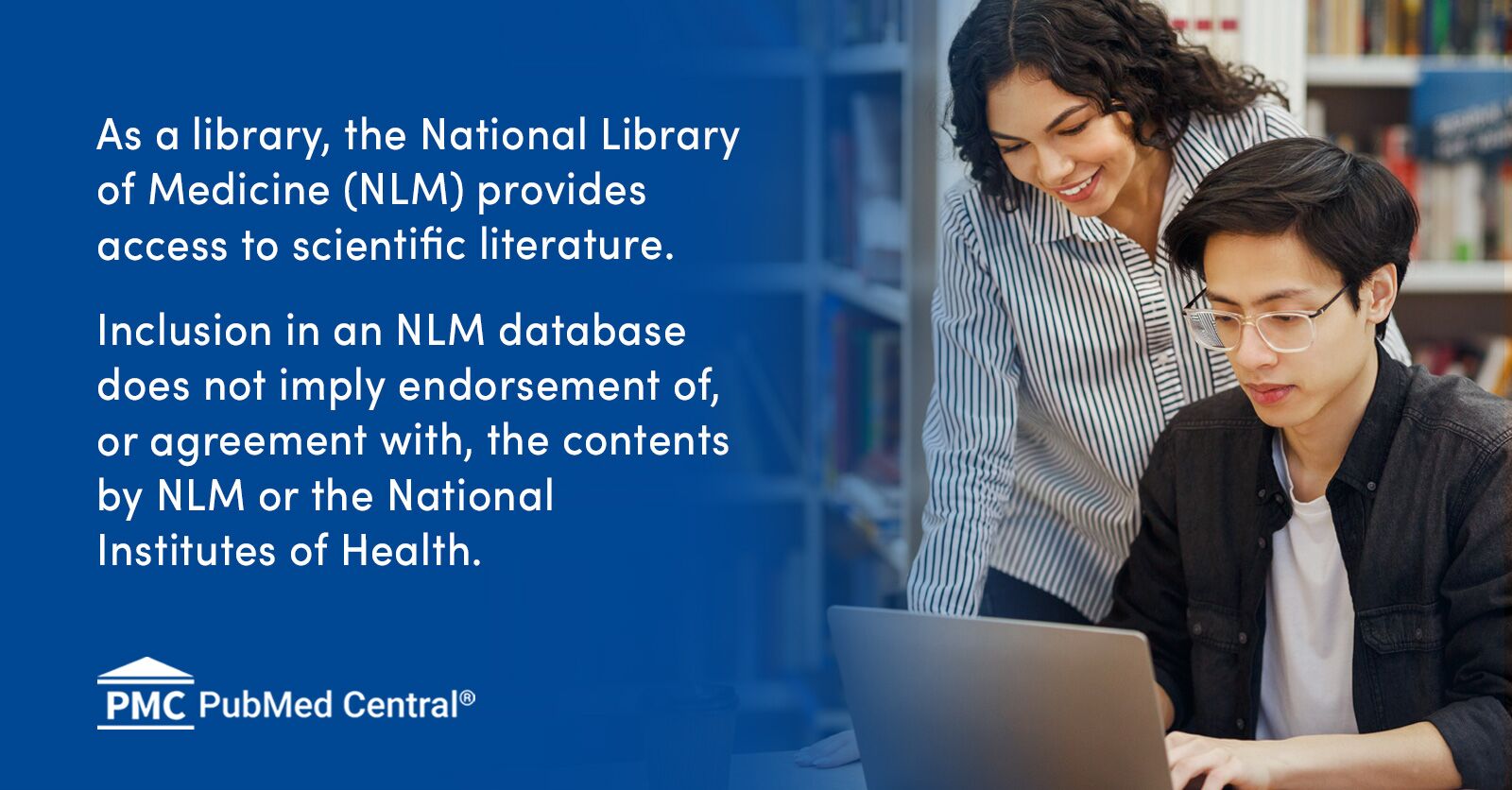- May 11, 2008
- 19,592
- 1,198
- 126
This is the section about health.
I thought this was a good piece of knowledge to be known, to be own...
A bit of history : Around the century swap, starting before the 1900s and beyond...
At those times, in the USA many natural resources where scarce, just like for example in Germany and the market was not unwilling for artificial substitutes used in food.
While later during the Weimar era , Germany mainly focused on oil and gas made from coal.
In the USA, there was a large abundance when it comes to oil. So no need for at the time, new world inventions like the Fischer–Tropsch process and for example gasification of coal to make syngas. And from syngas, one can make methane or even stuff like the modern day DIESEL GTL(Gas to Liquid) like Shell promotes as a clean Diesel alternative.
And we know the differences between carbohydrates and hydrocarbons.
Carbohydrates composed off : Carbon, Hydrogen and oxygen.
Hydrocarbons composed off : Carbon and Hydrogen.
Anyway, i am drifting off...
Back to sweetners and more...
But food additives, herbs and flavorings.
For example synthetic caffeine. (Market by Monsanto during the begin of the 1900s.)
Or for example synthetic vanilla (Market by Monsanto during the begin of the 1900s.)
This is often found in sodas like for example Coca Cola.
Monsanto started selling Saccharin which was actually a coal tar derivative.

 www.saveur.com
www.saveur.com
Excerpts from the text :
"
Dig into the backgrounds of the Big Four artificial sweeteners—saccharin, cyclamate, aspartame and sucralose—and you'll find no shortage of fraught history. There have been questions of safety. Cancer in lab animals. Reports that sugar substitutes actually encourage weight gain. And they don't taste that good.
But the promise of a calorie-free treat has stronger pull than any of these deterrents, which is why the next big sweetener is always around the corner. The histories of these compounds also reveal the unexpected roads the scientific discovery process takes; the path to sugar-free sweetness takes detours through everything from coal tar to ulcer medication.
Let’s review how we’ve come so far.
"
"
Saccharin, named for the Latin word for sugar, was discovered accidentally in 1897 by a Johns Hopkins University researcher who was looking for new uses for coal tar derivatives. He forgot to wash his hands before lunch and tasted something sweet on his fingers. (Similar versions of this story occur in the accidental discoveries of cyclamate, aka Sweet'N Low, and aspartame, too.) After tasting everything in his lab to determine the source, he figured out it was benzoic sulfimide, a coal tar derivative that is 300 times sweeter than sugar. (Fun fact: Monsanto got its start in 1901 selling saccharin.)
By 1907, saccharin was already widely used in sodas and canned goods, but most Americans had no idea it was in their food. As part of a series of sweeping food and drug reforms, Harvey Wiley, the head of the chemical division of the United States Department of Agriculture, recommended banning saccharin for possibly being toxic. The person who got in his way was President Theodore Roosevelt, who was on a weight-loss regimen that included a dose of saccharin prescribed by his doctor.
The sweetener was eventually banned in 1912, but the decision was reversed during World War I, when sugar rations necessitated the use of saccharin as a substitute. Once the war was over, people continued to enjoy the calorie-free sweetener.
"
"
The introduction of a sweetener called cyclamate to the American market coincided with the diet soda boom of the 1950s. Cyclamate is what sweetened Tab and Diet Pepsi, and what filled the iconic pink packets of Sweet’N Low. The substance was discovered in 1937 when a University of Illinois grad student working on a fever-reducing drug tasted something sweet on his finger during a smoke break. (Yes, this really is how science works sometimes.)
That was cyclamate, a chemical that’s 30 to 50 times sweeter than sugar. By 1963, cyclamate was America’s favorite artificial sweetener, costing a tenth of the price of sugar and with zero calories. By 1968, Americans were consuming more than 17 million pounds of the stuff each year. That all came to a halt when the sweetener was proven to cause bladder cancer in rats, resulting in an immediate ban by the FDA that’s still in effect. In response, Sweet’N Low swiftly became a saccharin-based product.
"
"
It took more than a decade for the next big artificial sweetener to pick up where cyclamate left off. In another accidental discovery, James Schlatter, a research chemist for G.D. Searle and Company, licked his fingers while developing a new ulcer drug in 1965 and, yes, tasted something sweet. That was aspartame, an amino acid compound (a mixture of aspartic acid and phenylalanine) that is 200 times sweeter than sugar.
After a holdup with the FDA in 1974, when approval was paused due to claims that aspartame caused brain tumors, the sweetener finally hit the market as Nutrasweet in 1981. According to the Oxford Companion to Sugar and Sweets, aspartame replaced more than a billion pounds of sugar in the American diet during the 1980s. (Diet Coke—made with aspartame—was launched during this time.)
"
"
Sucralose, which was later marketed as Splenda, was created in 1976 when scientists found a way to molecularly bond sucrose molecules with chlorine. (Yes, chlorine.) One researcher was asked to "test" the chlorinated compound, but misheard the request and tasted it instead. The researcher survived, and in so doing paved the way to a product that is about 600 times sweeter than sugar.
Unlike the artificial sweeteners that came before it, sucralose is partially metabolized by the body, which means it does deliver calories. Also unlike the others, it’s heat-stable, which means you can bake with it.
Thus Splenda has replaced NutraSweet as the most widely consumed sugar substitute on the market…for now. The search for the next big artificial sweetener is already on, including a promising compound called neotame. Only time will tell.
"
I thought this was a good piece of knowledge to be known, to be own...
A bit of history : Around the century swap, starting before the 1900s and beyond...
At those times, in the USA many natural resources where scarce, just like for example in Germany and the market was not unwilling for artificial substitutes used in food.
While later during the Weimar era , Germany mainly focused on oil and gas made from coal.
In the USA, there was a large abundance when it comes to oil. So no need for at the time, new world inventions like the Fischer–Tropsch process and for example gasification of coal to make syngas. And from syngas, one can make methane or even stuff like the modern day DIESEL GTL(Gas to Liquid) like Shell promotes as a clean Diesel alternative.
And we know the differences between carbohydrates and hydrocarbons.
Carbohydrates composed off : Carbon, Hydrogen and oxygen.
Hydrocarbons composed off : Carbon and Hydrogen.
Anyway, i am drifting off...
Back to sweetners and more...
But food additives, herbs and flavorings.
For example synthetic caffeine. (Market by Monsanto during the begin of the 1900s.)
Or for example synthetic vanilla (Market by Monsanto during the begin of the 1900s.)
This is often found in sodas like for example Coca Cola.
Monsanto started selling Saccharin which was actually a coal tar derivative.

A Brief and Bizarre History of Artificial Sweeteners
The weird science and accidental discoveries behind your favorite sugar substitutes.
 www.saveur.com
www.saveur.com
Excerpts from the text :
"
Dig into the backgrounds of the Big Four artificial sweeteners—saccharin, cyclamate, aspartame and sucralose—and you'll find no shortage of fraught history. There have been questions of safety. Cancer in lab animals. Reports that sugar substitutes actually encourage weight gain. And they don't taste that good.
But the promise of a calorie-free treat has stronger pull than any of these deterrents, which is why the next big sweetener is always around the corner. The histories of these compounds also reveal the unexpected roads the scientific discovery process takes; the path to sugar-free sweetness takes detours through everything from coal tar to ulcer medication.
Let’s review how we’ve come so far.
"
"
Saccharin, named for the Latin word for sugar, was discovered accidentally in 1897 by a Johns Hopkins University researcher who was looking for new uses for coal tar derivatives. He forgot to wash his hands before lunch and tasted something sweet on his fingers. (Similar versions of this story occur in the accidental discoveries of cyclamate, aka Sweet'N Low, and aspartame, too.) After tasting everything in his lab to determine the source, he figured out it was benzoic sulfimide, a coal tar derivative that is 300 times sweeter than sugar. (Fun fact: Monsanto got its start in 1901 selling saccharin.)
By 1907, saccharin was already widely used in sodas and canned goods, but most Americans had no idea it was in their food. As part of a series of sweeping food and drug reforms, Harvey Wiley, the head of the chemical division of the United States Department of Agriculture, recommended banning saccharin for possibly being toxic. The person who got in his way was President Theodore Roosevelt, who was on a weight-loss regimen that included a dose of saccharin prescribed by his doctor.
The sweetener was eventually banned in 1912, but the decision was reversed during World War I, when sugar rations necessitated the use of saccharin as a substitute. Once the war was over, people continued to enjoy the calorie-free sweetener.
"
"
The introduction of a sweetener called cyclamate to the American market coincided with the diet soda boom of the 1950s. Cyclamate is what sweetened Tab and Diet Pepsi, and what filled the iconic pink packets of Sweet’N Low. The substance was discovered in 1937 when a University of Illinois grad student working on a fever-reducing drug tasted something sweet on his finger during a smoke break. (Yes, this really is how science works sometimes.)
That was cyclamate, a chemical that’s 30 to 50 times sweeter than sugar. By 1963, cyclamate was America’s favorite artificial sweetener, costing a tenth of the price of sugar and with zero calories. By 1968, Americans were consuming more than 17 million pounds of the stuff each year. That all came to a halt when the sweetener was proven to cause bladder cancer in rats, resulting in an immediate ban by the FDA that’s still in effect. In response, Sweet’N Low swiftly became a saccharin-based product.
"
"
It took more than a decade for the next big artificial sweetener to pick up where cyclamate left off. In another accidental discovery, James Schlatter, a research chemist for G.D. Searle and Company, licked his fingers while developing a new ulcer drug in 1965 and, yes, tasted something sweet. That was aspartame, an amino acid compound (a mixture of aspartic acid and phenylalanine) that is 200 times sweeter than sugar.
After a holdup with the FDA in 1974, when approval was paused due to claims that aspartame caused brain tumors, the sweetener finally hit the market as Nutrasweet in 1981. According to the Oxford Companion to Sugar and Sweets, aspartame replaced more than a billion pounds of sugar in the American diet during the 1980s. (Diet Coke—made with aspartame—was launched during this time.)
"
"
Sucralose, which was later marketed as Splenda, was created in 1976 when scientists found a way to molecularly bond sucrose molecules with chlorine. (Yes, chlorine.) One researcher was asked to "test" the chlorinated compound, but misheard the request and tasted it instead. The researcher survived, and in so doing paved the way to a product that is about 600 times sweeter than sugar.
Unlike the artificial sweeteners that came before it, sucralose is partially metabolized by the body, which means it does deliver calories. Also unlike the others, it’s heat-stable, which means you can bake with it.
Thus Splenda has replaced NutraSweet as the most widely consumed sugar substitute on the market…for now. The search for the next big artificial sweetener is already on, including a promising compound called neotame. Only time will tell.
"
Last edited:




